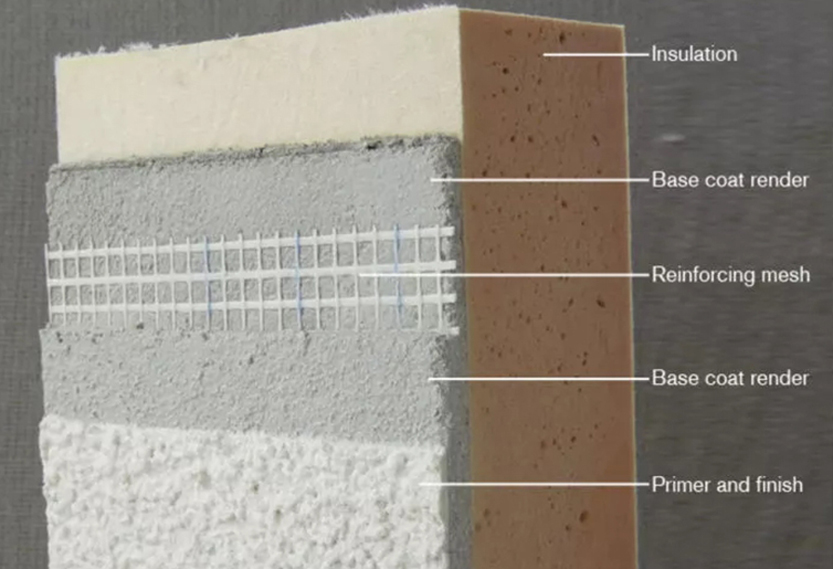
اکتوبر . 11, 2024 19:56 Back to list
Structure and Properties of Hydroxyethyl Cellulose in Industrial Applications
The Structure and Significance of Hydroxyethyl Cellulose
Hydroxyethyl cellulose (HEC) is a hydrophilic polymer derived from cellulose, which is one of the most abundant natural polymers found in nature. Its unique structure and properties endow it with a wide range of applications across various industries, from pharmaceuticals to construction materials. This article explores the structure of hydroxyethyl cellulose, its chemical characteristics, and its significance in different fields.
Structure of Hydroxyethyl Cellulose
The backbone of hydroxyethyl cellulose consists of a linear chain of glucose units, which are linked by β-1,4-glycosidic bonds, similar to that of native cellulose. This structural feature provides HEC with mechanical strength and thermal stability. The key distinction of hydroxyethyl cellulose lies in the hydroxyethyl groups that are introduced onto the cellulose chain through a chemical reaction with ethylene oxide. The degree of substitution, which refers to the average number of hydroxyethyl groups per anhydroglucose unit, plays a crucial role in determining the properties of HEC. Generally, a higher degree of substitution results in enhanced solubility and lower viscosity.
HEC, being a non-ionic polymer, exhibits excellent solubility in both hot and cold water. Its solubility is influenced by factors such as pH, temperature, and the presence of electrolytes due to its hydrophilic nature. Unlike many other cellulose derivatives, HEC does not dissolve in organic solvents, making it suitable for applications where aqueous solutions are preferred.
Chemical Characteristics
One of the key features of hydroxyethyl cellulose is its ability to form a gel-like consistency when mixed with water. This property is attributed to the hydrogen bonding between the hydroxyl groups in the polymer chain and water molecules. The viscosity of HEC solutions can be finely tuned by adjusting the concentration and temperature, making it an ideal thickening agent.
hydroxyethyl cellulose structure

Moreover, HEC is also known for its film-forming capabilities. When dried, it leaves behind a transparent, pliable film that can be utilized in various products such as coatings, adhesives, and cosmetic formulations. The non-toxic and non-irritating nature of HEC further enhances its appeal, particularly in the personal care industry.
Applications and Significance
HEC's versatility makes it a valuable component in numerous fields. In the pharmaceutical industry, it is commonly used as a binder in tablet formulations and as a component in controlled-release drug delivery systems due to its ability to form hydrogels. In the construction sector, HEC acts as a water-retaining agent in mortars and plasters, improving workability and preventing cracking.
Additionally, HEC finds extensive application in cosmetics and personal care products. It functions as a thickener, stabilizer, and emulsifier, contributing to the desired texture and performance of formulations such as lotions, shampoos, and creams. Its use in food products is also gaining traction, particularly as a food thickener and stabilizing agent in sauces and dressings.
Conclusion
Hydroxyethyl cellulose possesses a unique structure that imparts various desirable properties, making it a versatile and indispensable ingredient across multiple industries. Its ability to modify viscosity, form gels, and create stable emulsions has propelled its adoption in pharmaceuticals, cosmetics, construction, and food industries. As research continues to explore new applications and formulations, HEC remains a subject of significant interest due to its bio-compatible and environmentally friendly nature. Future advancements may lead to even broader utilization of hydroxyethyl cellulose, solidifying its position as a key player in material science and industry innovation.
-
tile-bonding-additives-for-stronger-bonds
NewsAug.22,2025
-
construction-grade-rdp-for-wholesale-needs
NewsAug.22,2025
-
trusted-wholesale-hec-partners
NewsAug.22,2025
-
hec-solutions-for-industrial-excellence
NewsAug.22,2025
-
construction-additives-need-hpmc-essentials
NewsAug.22,2025
-
hpmc-versatile-cellulose-ether-for-industries
NewsAug.22,2025







